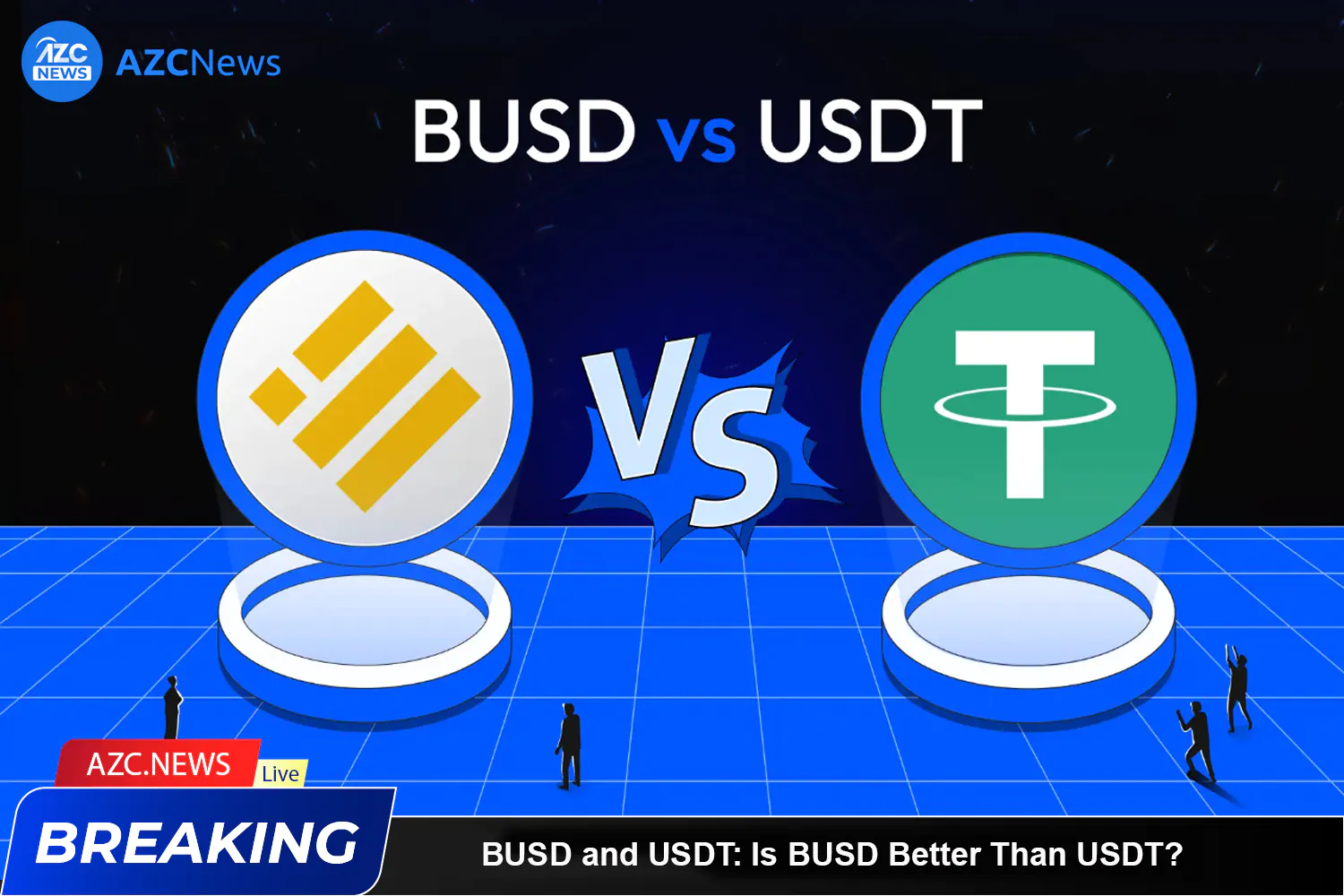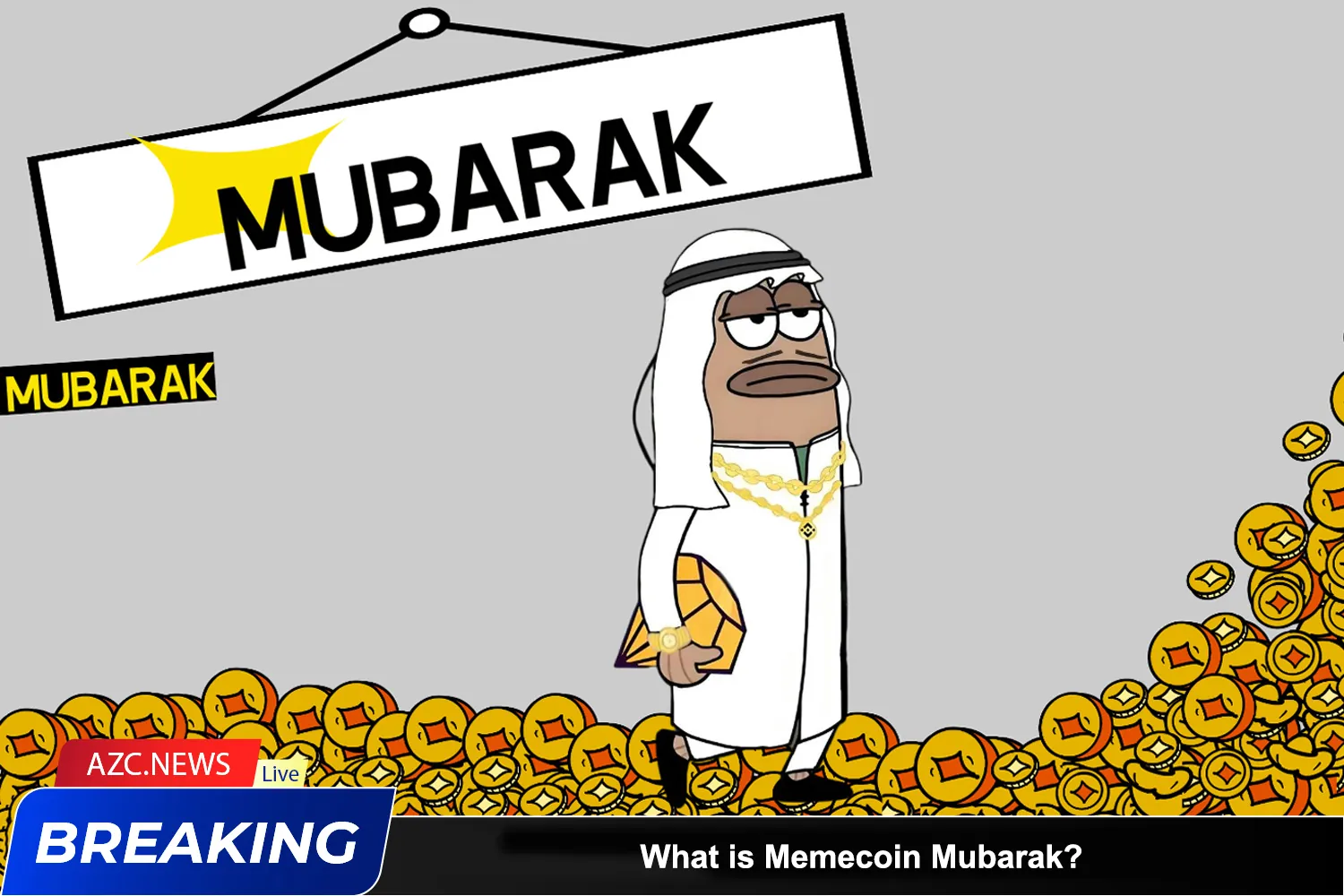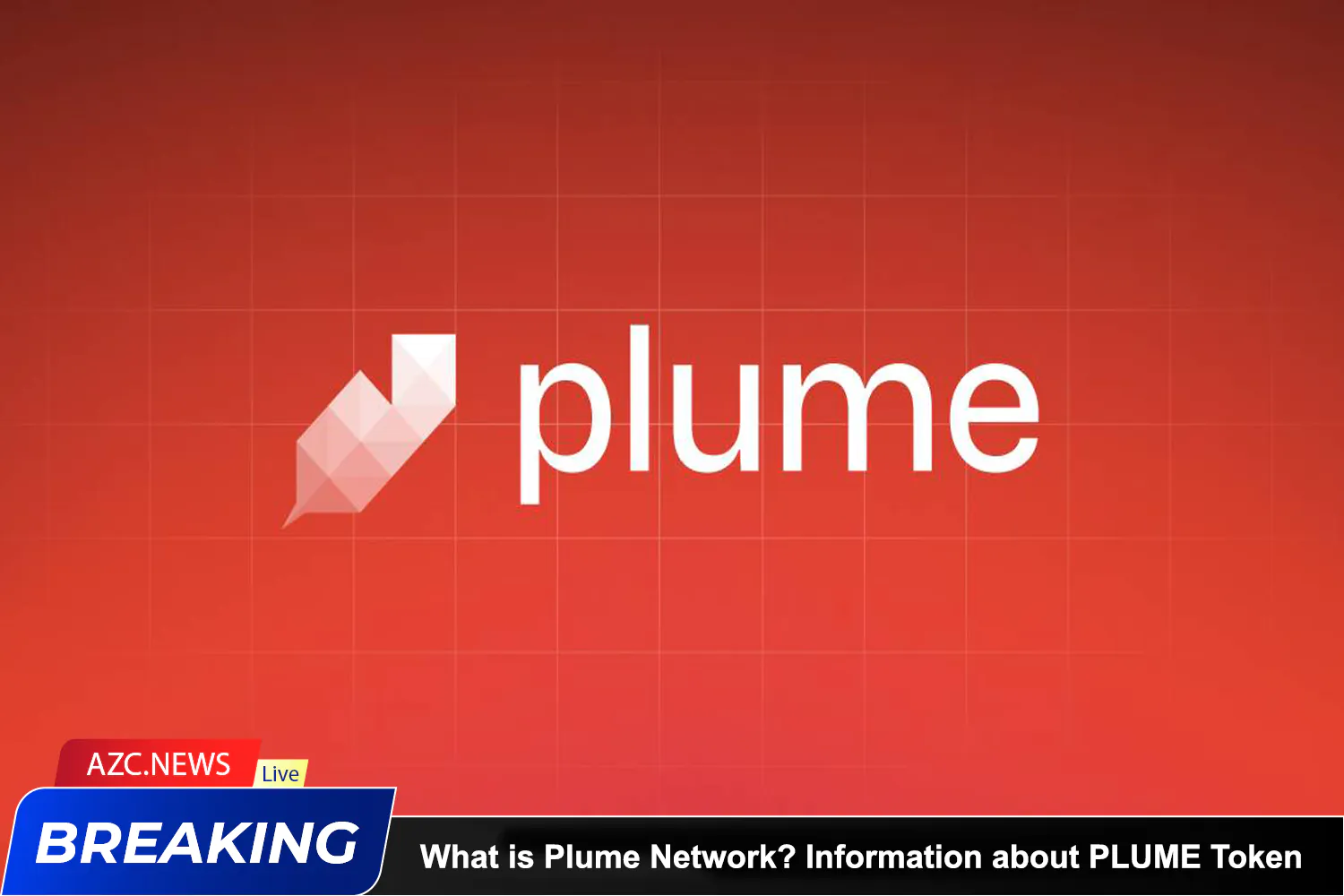BUSD and USDT: Overview
BUSD (Binance USD) is linked to the US dollar value, 1 BUSD is always equal to 1 USD. BUSD is an ERC-20 token on Ethereum, also available on the BNB chain. BUSD used for trading on Binance and other exchanges. It also allows shopping with BUSD.
USDT, or Tether, is pegged to the US dollar at a 1:1 ratio. USDT provides a stable solution for cryptocurrencies with support from reserves. Each USDT has a corresponding US dollar held in the bank.
| BUSD | USDT | |
| Formed | 2019 | 2014 |
| Main Purpose | Stablecoin | Stablecoin |
| Blockchain | Ethereum and BNB Chain | Multichain |
| Auditing Timeline | Monthly | Unclear |
| Backing Asset | USD | USD |
What is USDT?
USDT (Tether) is a stablecoin tied to the US dollar, with an exchange rate of 1:1, and is the world’s third largest cryptocurrency. Tether is the largest stablecoin with a market of more than 81.79 billion USD.USDT is issued by BitFinex from Hong Kong.
Each USDT token is backed by reserve, spendable assets. Besides, you can transfer it like fiat money.
Tether solves the blockchain challenge, facilitating national remittances and token value checking.
USDT despite controversy over reserve management and decentralization. These are still widely accepted stablecoins by many exchanges.
BitFinex is transparent, disclosing monthly cash reserves, addressing stability concerns.
What is BUSD?
BUSD (Binance USD) is a stablecoin issued by Paxos. Approved by the New York State Department of Financial Services (NYDFS). And the support of the Binance cryptocurrency exchange.
Its introduction into the market in 2019. With the aim of allowing cryptocurrency users access to fast and flexible transactions. BUSD is an ERC-20 token. Meaning it is built on the Ethereum blockchain and exists on the BNB chain. Tokens and reserves are fully audited and managed to ensure transparency and security. BUSD holders can exchange stablecoins between blockchains. This paves the way for more flexibility and cost savings in the money transfer process.
BUSD roaming ban
In February 2023, Paxos received a Wells notice from the US Securities and Exchange Commission (SEC). Indicates that BUSD is considered an unregistered security. NYDFS also revealed that there are insufficient reserves to support BUSD issued by Paxos. Makes them impossible to mint or release.
These statements have hurt the currency. Causing more than 6 billion USD to be removed from BUSD. However, Binance plans to diversify its stablecoin away from BUSD. Binance recently launched TrueFi perpetual contracts on its platform and is mining more TUSD to meet demand for its stablecoin.
Related: What are Stablecoins? Learn All about Stablecoins.
Difference between BUSD and USDT
Blockchain
There are important differences between the two, which influence users’ trading decisions. An important point is that the blockchain contains stablecoins. BUSD appears on both Ethereum and the BNB chain. In contrast, USDT is more multi-chain, appearing on many networks such as Solana, Algorand, Avalanche, etc.
Stabilization
USDT’s stability has been questioned, sometimes falling below $1.00 USD. This drop casts doubt on the full support of Tether’s dollar reserves. However, its value has also increased to more than $1.00 many times.
Liquidity Stress Indicator (LSI)
Although many exchanges use both BUSD and USDT, one needs to consider the liquidity stress indicator (LSI) before trading. LSI measures liquidity risk when trading cryptocurrency pairs on the exchange. Both stablecoins have different LSIs based on liquidity and trading volume on different exchanges. Therefore, it is important to check each LSI to choose the right exchange.
BUSD and USDT: Similarities
Backup
Although issued by different companies, both stablecoins still have similarities. Most importantly, both BUSD and USDT are backed by fiat currency and hold a 1:1 value with USD. Therefore, they are a more stable choice than many other cryptocurrencies.
Cryptocurrency exchange
Major exchanges and wallets support both USDT and BUSD, which can be exchanged for cash at a 1:1 ratio. Both are supported by trusted exchanges such as Binance, KuCoin, OKX, Huobi Global, Kraken, etc.
Our research shows that USDT is trading on 150 exchanges with approximately 19,696 trading pairs. Compared to that, BUSD is currently available on 57 exchanges with 972 trading pairs.
BUSD vs USDT: Which Stablecoin Should You Choose?
Both USDT and BUSD are stablecoins pegged to the US dollar. Deciding between the two depends on the goals of the stablecoin user. If you want a token that can be used across multiple exchanges and cryptocurrencies, USDT could be the choice. Conversely, if you prioritize security and are willing to trade flexibility, BUSD may be a more stable choice.







